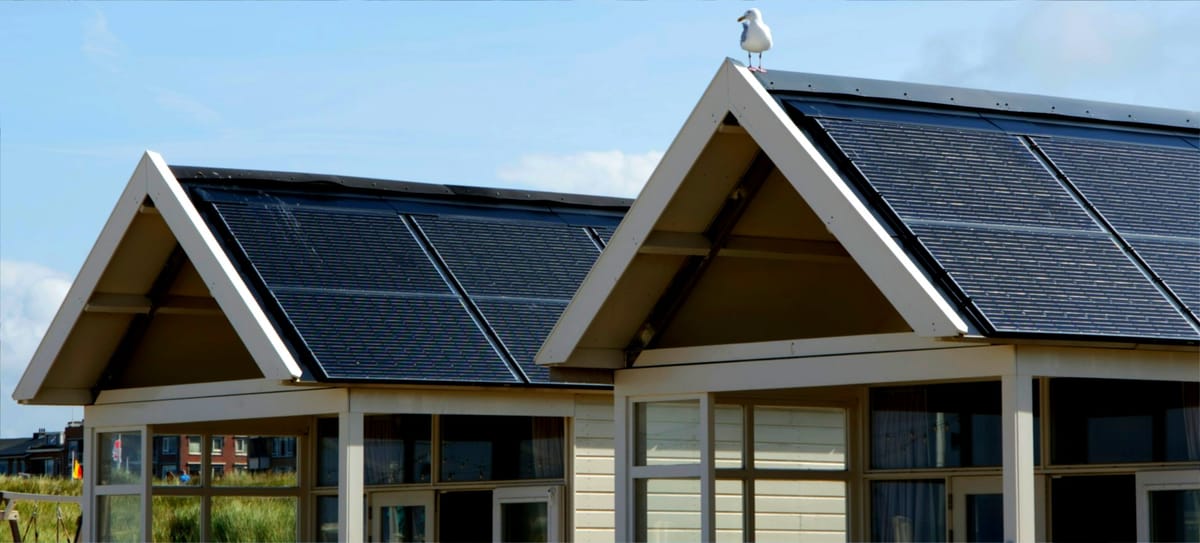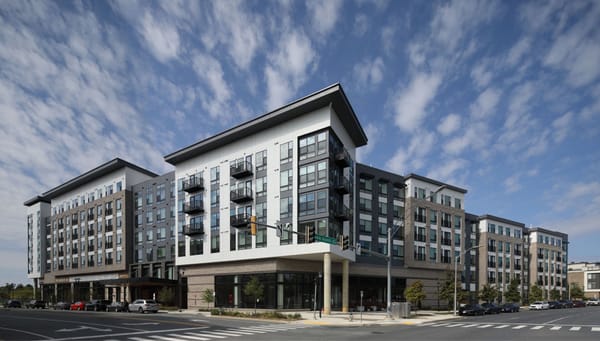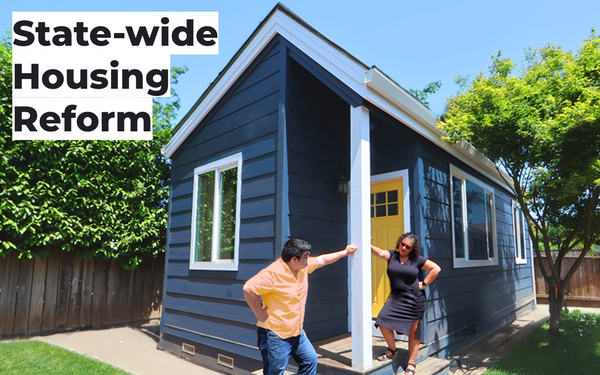California Building Code - Comment Period

There's a short 45 day window for public comment on the proposed California Building Code changes.
The building code is updated every 3 years, so they're always working on the next batch of changes. That means it's helpful to put in your two cents on a regular basis.
If I get my stuff together, I'll put out an article with suggested topics to write in about. But here's all the raw material so that I'm not holding anybody back!
Why does energy code matter
Broadly speaking, in the ADU and small home space, we run into issues because the CEC guidelines tend to be designed around energy efficiency per square foot.
These are largely about energy efficiency and they can increase the cost of new housing construction.
If we design the rules correctly, we can really influence the type of housing that gets built. And we can make it cost-effective and energy efficient.
We can have a lot of other impacts, but that's what I tend to focus on.
In a perfect world, I think we'd be designing around energy efficiency per human or per bedroom.
But in reality, a lot of the code punishes small homes a bit counter-productively.
example:
One of the best things we can do to encourage less environmental impact per person or per bedroom, is to encourage people to live in smaller spaces.
We know that 1200 sq ft homes use a lot less energy than 2400 sq ft homes.
But the code sort of punishes smaller spaces in some ways, creating a perverse incentive to make larger homes.
How? Okay, I'm not a title 24 guy, so take this with a grain of salt but I'll try to explain it based on my understanding.
The way the code is written, and the software that calculates energy efficiency is programmed, we tend to punish the smaller home.
For example, to calculate the energy efficiency of a space, we might take the square footage of windows, doors and other openings and divide that by the overall volume of the home.
So if you've got similar amounts of windows and doors on a big 3000 sq ft home vs a smaller 1000 sq ft home, then the energy efficiency per square foot of the smaller home is going to be worse than the larger home.
To mediate for that lower efficiency per square foot, the architects/builders/engineers can do things like create higher levels of insulation for the smaller home.
We do all kinds of things to get these energy credits in the title 24 calculations, and a lot of them are shockingly unnecessary.
If you're building a truly tiny 200 sq ft home, you might be required to ludicrously over-insulate because the code just wasn't written for this type of home.
Notes from a colleague and member of the Casita Coalition:
California Energy Commission
Notice of 45-Day Public Comment Period
March 29, 2024 - May 13, 2024
The California Building Standards Commission (CBSC), on behalf of the California Energy Commission (CEC), is providing notice of a 45-day public comment period for proposed regulatory code changes to the 2025 California Administrative Code and California Energy Code, Parts 1 and 6 of Title 24, California Code of Regulations.
The public is invited to provide input or comments on proposed code changes on or prior to May 13, 2024.
Docket:
https://www.energy.ca.gov/programs-and-topics/programs/building-energy-efficiency-standards/2025-building-energy-efficiency?utm_medium=email&utm_source=govdelivery
Public comment received:
https://efiling.energy.ca.gov/Lists/DocketLog.aspx?docketnumber=24-BSTD-01
My favorite editorial from the same colleague:
But I'm sure glad our tax dollars are at work with Title 24 specifying the exact ventilation requirements separately for: Animal operating rooms, Animal postoperative recovery rooms, Animal Necropsy and Small-animal-cage rooms (static cages). Let me know if you incorporate any of those in your ADU, and I'll hook you up with the right code section.
He's very funny. Have his contact info if you need a good energy person ;)




